What does the term ‘consent’ mean when we are talking about it in reference to dogs? “Dog Consent” can be explained like this:
When you see a dog in a public space, it may come as second nature to walk up and try to pet them. While some people may think to ask the owner if it is okay to interact with their dog, very few people would even consider checking with the dog before initiating contact with them. The practice of allowing a dog to decide when it wants to be touched is known as “dog consent.”
Practicing dog consent is an important thing to learn to do because it teaches the animal that you will respect their personal space in the same way you would respect a human being, and that respect goes a long way toward establishing trust between dog and owner. So, what exactly does receiving consent from a dog look like?
There are a few behavioral traits that you can learn to recognize that are good indicators that it is okay to pet a dog. Firstly, look at the dog’s body language. If a dog’s ears are standing up, and its tail is wagging then you are probably okay to initiate contact. If you attempt a few soft strokes down the dog’s back, and the reaction is favorable and the dog does not attempt to move away or display other behaviors that imply they are uncomfortable, then you can try moving to rubbing the dog’s chin lightly. It should be readily apparent if the dog wants you to continue. Many dogs will put their face under your hand, or even place their paw on you in attempt to reciprocate showing affection to you.
On the other hand, if a dog presents behavior that seems to imply that it is uncomfortable, do not continue trying to pet it. A dog who does not want you to touch it will possibly have its ears back, its tail lowered, and may even growl or bark at you to say this. It is important to take breaks while petting a dog, to see how its body language changes as you touch it. If you stop, and the dog tries to move away from you or lowers its head, this is a signal that the dog needs space, and does not want you touching it.
If the dog in question is a service dog, or another kind of dog with a specific job to do, it is best not to try touching it at all. Often dogs like this have been specially trained, and the petting or touching could interrupt the dog while it is trying to do its job. Usually, if a dog is a working dog then you will know because it will be wearing a special vest adorned with patches that say things like “SERVICE DOG” or even “DO NOT PET.” It goes without saying, but if you see a dog wearing these items in public, then you should talk to the dog’s owner to ask for consent from the owner before trying to gain consent from the dog themselves.
If you find yourself in need of a patch like the ones mentioned above, let us recommend the offerings from Dogline. Dogline gives customers the option of ordering custom reflective patches that can be printed with reflective silver ink to say anything the owner wants.Each order comes with a set of two patches that you can then affix to your dog’s training harness or vest for when you take them out in public.
It is important to abide by these rules because a dog who feels uncomfortable or threatened by the presence of a stranger may act out in ways that could be harmful to you, or even to their owner. Dogs who do not want to be touched may bite out of fear, so it is especially important to make sure that children are made aware of this practice, and do not run up to strange dogs, or pull on their ears and tails upon first meeting a new dog.
By following these habits and reinforcing trust in your dog, you will not only be keeping yourself, and others around you safer, but you will be teaching your dog that you will respect its space, and allow it to dictate when it wants physical affection. This type of behavior will go a long way in the relationship between you and your dog.



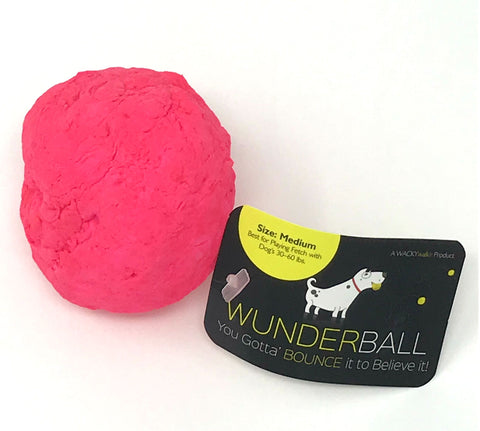
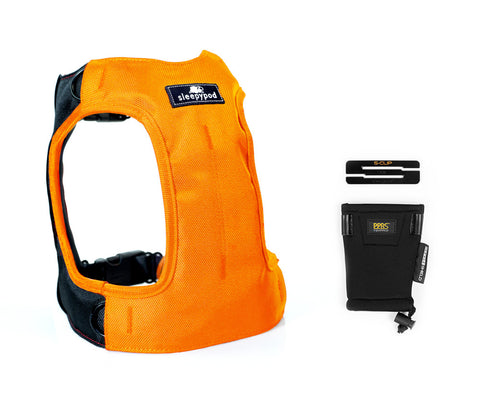
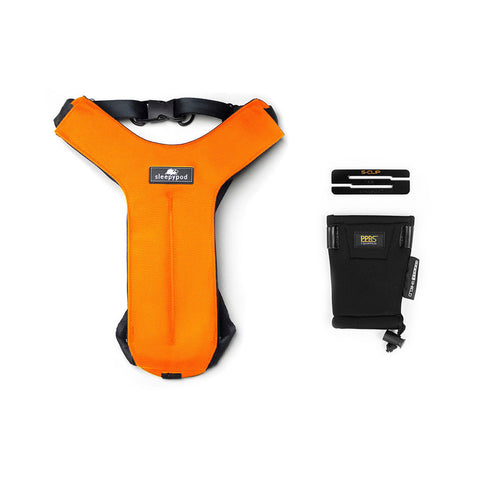

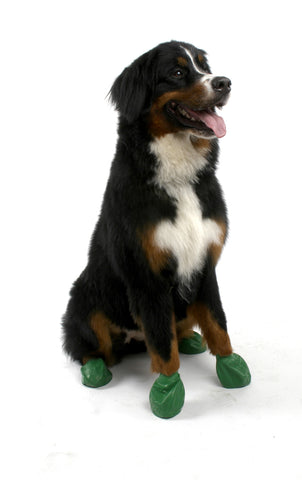

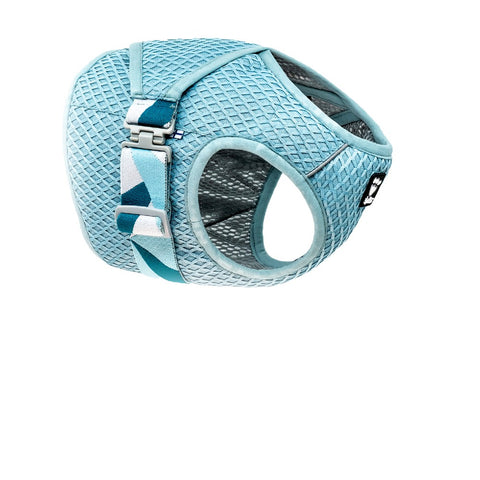










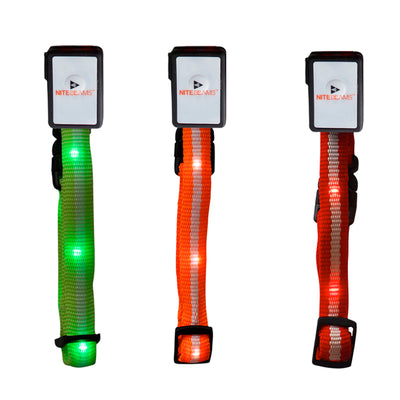
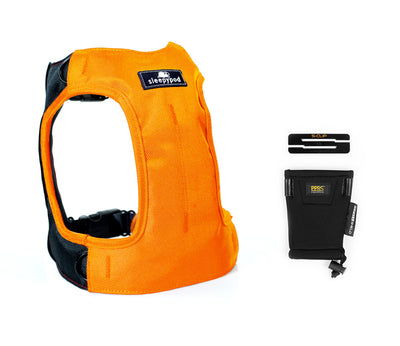
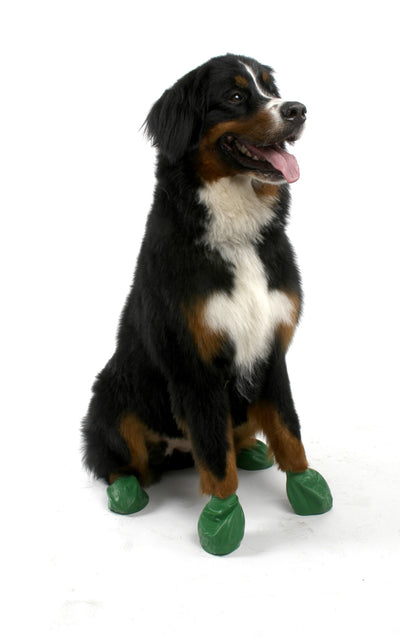
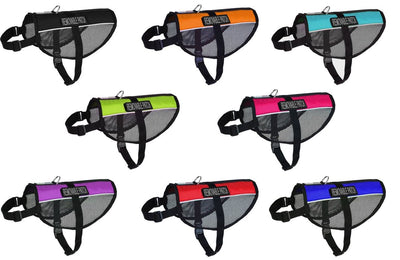
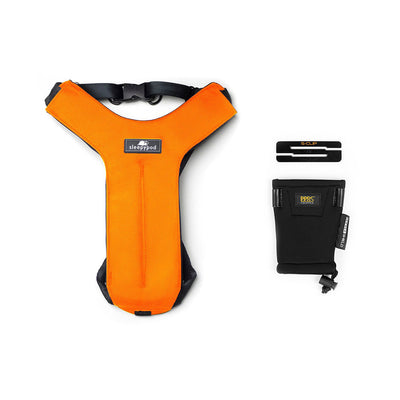

Leave a comment